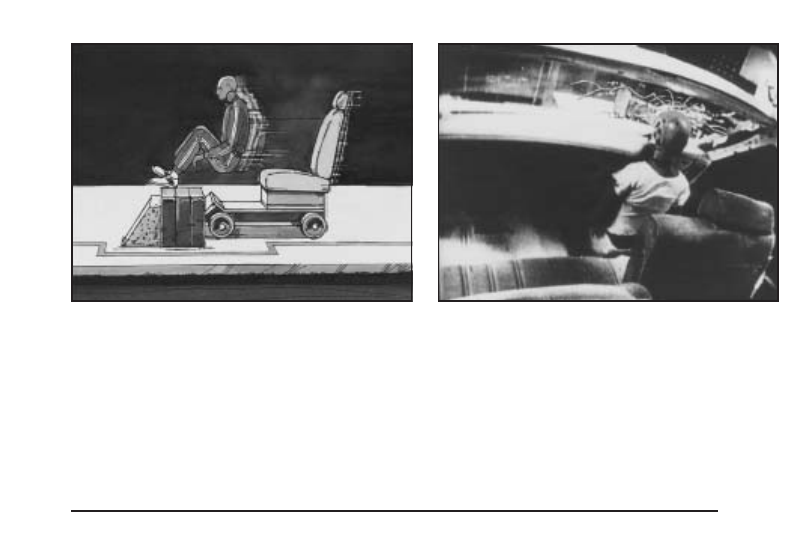Saturn Aura Hybrid (2009 year). Instruction - part 2

Get it up to speed. Then stop the vehicle. The rider
does not stop.
The person keeps going until stopped by something. In
a real vehicle, it could be the windshield...
1-13
|
|
|

Get it up to speed. Then stop the vehicle. The rider The person keeps going until stopped by something. In 1-13 |